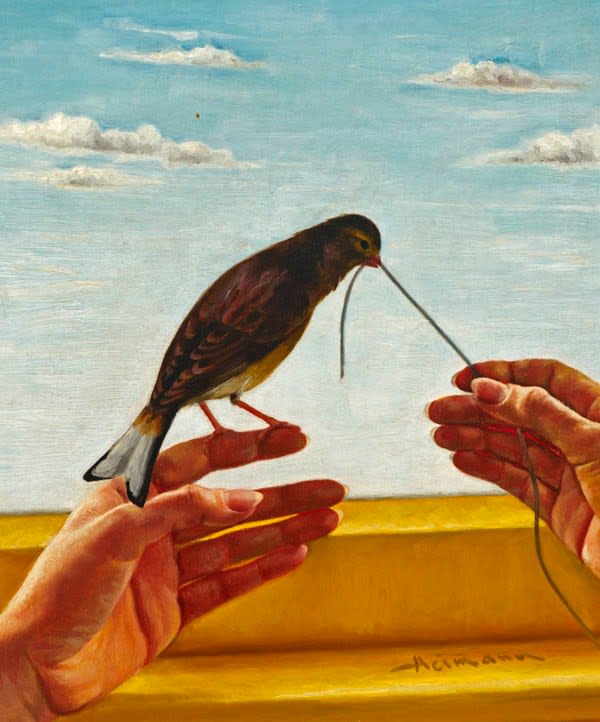Max Heimann was born into a Jewish family in Berlin, Germany in 1909 and studied under Emil Orlik, and later under Arthur Segal, also teaching art at a Jewish school in Berlin. He painted portraits, street scenes and many still-lifes often with a sense of heightened realism and was asociated with the 'new realists' group of painters. Following Hitler's accession to the Chancellorship in 1933 and the introduction of anti-Semitic legislation, Heimann's work was included in the 'Exhibition of German-Jewish Artists' Work: Painting, Sculpture, Architecture' (5-15 June 1934) organised at the Parsons Gallery, London by German-Jewish emigre dealer, Carl Braunschweig (later Charles Brunswick), which featured 221 artworks by 86 artists suffering persecution under the Nazi regime, although Heimann did not visit England himself.
In the late 1930s he moved to Shanghai, known as the 'City upon the Sea', where following the Anschluss (Nazi annexation of Austria) in 1938, many Austrian Jews took refuge and organised a 'little Vienna' with coffeehouses, theatrical entertainments and German-language newspapers, becoming part of a population of around 20,000 mostly German-speaking Jewish refugees. Heimann maintained a successful career as a portraitist in Shanghai until the Japanese Occupation of 1941, after which he taught private pupils until the end of the war. Afterwards, he married and immigrated with his wife to the USA, settling in San Francisco in northern California, where he continued to teach privately and to paint. Heimann had a solo show at the H. M. DeYoung Museum and, after his death in California in October 1953, a posthumous retrospective was also mounted there.


